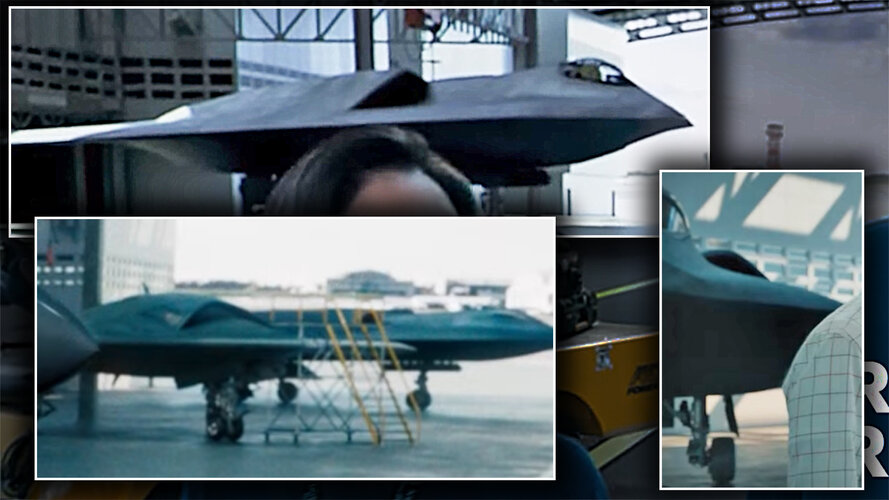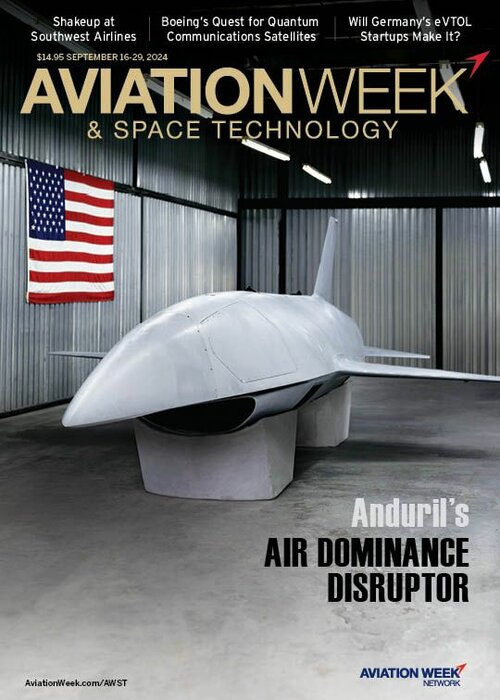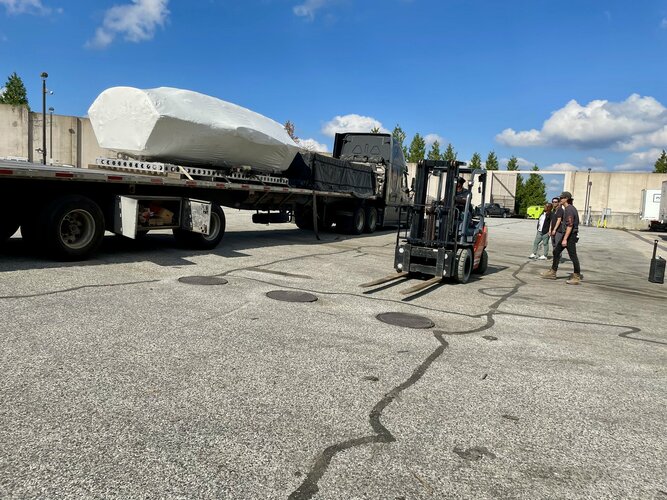So China is where Europe was 15 years ago with projects like Taranis and Neuron and the US with the RQ-170?
Heck even Iran got a stealthy flying wing UCAV into service 10 years ago with the Shahad 171 Simorgh, so China is 10 years behind Iran.
No -- the GJ-11s as an aircraft type is a well known quantity. The first prototype of GJ-11 flew back in late 2013 after all.
What's more notable about GJ-11 is that its progression from initial flight test a decade ago to now seems consistent with an intent to actually operationalize the aircraft. The hard work to actually develop the bespoke hardware and software to enable operationalization as well as the TTPs, is what no one seems to have been able to do for these higher end stealthy UCAVs yet (at least in the public space), so seeing GJ-11s show hints of progression (as well as seemingly intending to field it as a key part of the PLAN's CATOBAR carrier and 076 airwing) is indeed somewhat eyebrow raising despite the relative secrecy over the course of its development.
Of course none of this is to suggest that it's worthy of "sky is falling"-esque panic, but it's perfectly reasonable to acknowledge that the PLA has its own high end UCAV developments ongoing (including many efforts that aren't discussed often or openly), in a manner which would justify why the US describes China as the "pacing threat".
In context of US NGAD efforts and pursuits, the manner in which the USAF is being more careful and selective about what they actually want can of course partly be explained by fiscal limitations as well as technological changes, but they also haven't been secretive about the need to try and define what they need to face the PLA.
With the pace and scale of PLA modernization, the room for error, delays and mistakes is shrinking so understandably the USAF would be more cautious as well before committing to a big ticket program that will be hard to extract itself from if things went sideways.
Sorry to wake you up from hibernation (jk) but most of the Chinese fleet is composed of old Russian Flankers (Su-30MKKs and J-11As), their much improved Chinese derivatives (J-11B(G), B(G)H (MLU AESA upgrade), J-15 and J-16), J-10A,B,C,S and JH-7A. Those J-7s and J-8Fs that you think of haven't been relevant since 2016-17 and most have been retired already.
At least some of the J-10As and (probably?) S' are receiving air cooled AESA radars as well.
As a matter of fact, China fields more AESA-equipped fighters than the whole combined fighter force of European NATO and they're producing roughly 170 aircraft per year, the majority of them being J-20s.
On the other hand, SAC (with its J-15B and J-35) is building a new plant that is comparable to Locheed's Forth Worth facility.
Listing the "old Russian Flankers" first is probably a bit misleading because it unintentionally creates the appearance that they are most numerous or significant.
Even among PLA Flankers in service, the old Russian types (Su-27SK/J-11A, Su-30MKK/MK2) are probably among the least significant in number and easily the least capable of course.
J-16 > J-11B family (including G and twin seaters) > J-11A, MKK etc is probably more representative.
That said, I agree that quantifying the number of AESA equipped fighters for the PLA as well as quantifying how many new fighters they've produced since say, 2016 is probably useful for people to get a gauge as to the pace of contemporary PLA tacair modernization.
His point was that most of there fleet was 80s fighter (designs as i understood it) which china also got. Thoses Flankers and all there children are not really newer
In terms of airframe lifespan, the PLA's fighters are absolutely newer -- J-11Bs, J-16s, J-10A/B/Cs were all produced in the mid 2000s onwards, with J-16s and J-10Cs produced beginning since the mid 2010s.
In terms of technological sophistication of "80s fighter designs" -- that is highly variable, after all there are many 4.5th gen fighter aircraft today which are derived from 70s and 80s era fighter "designs" but have either received MLUs or had new variants developed and produced which make them many times more capable than their original forefathers. In the case of the PLA, the scale of their 4.5th gen fighter development and procurement pace in the last decade or two has been at a scale that is only rivalled by that of the US.






